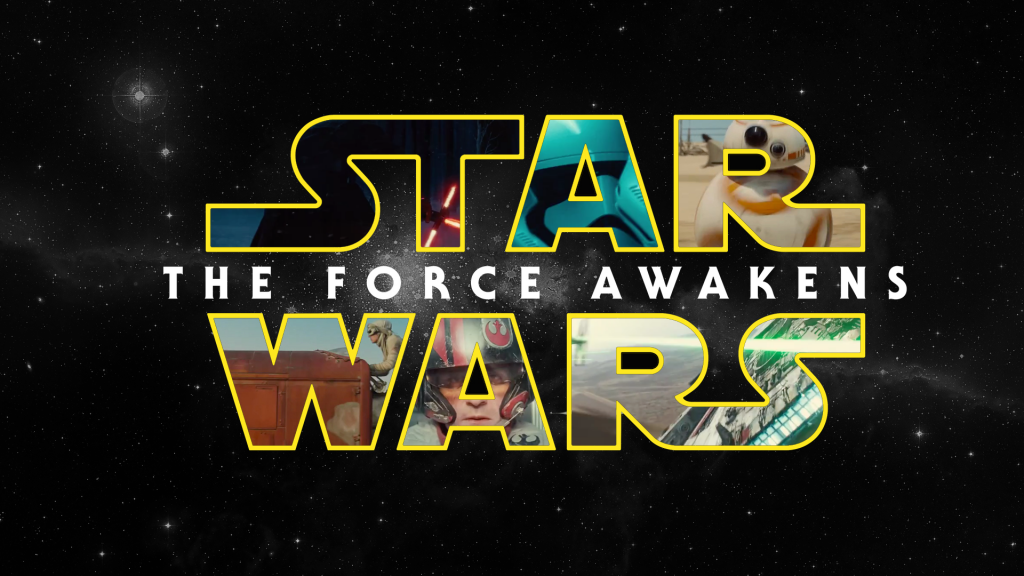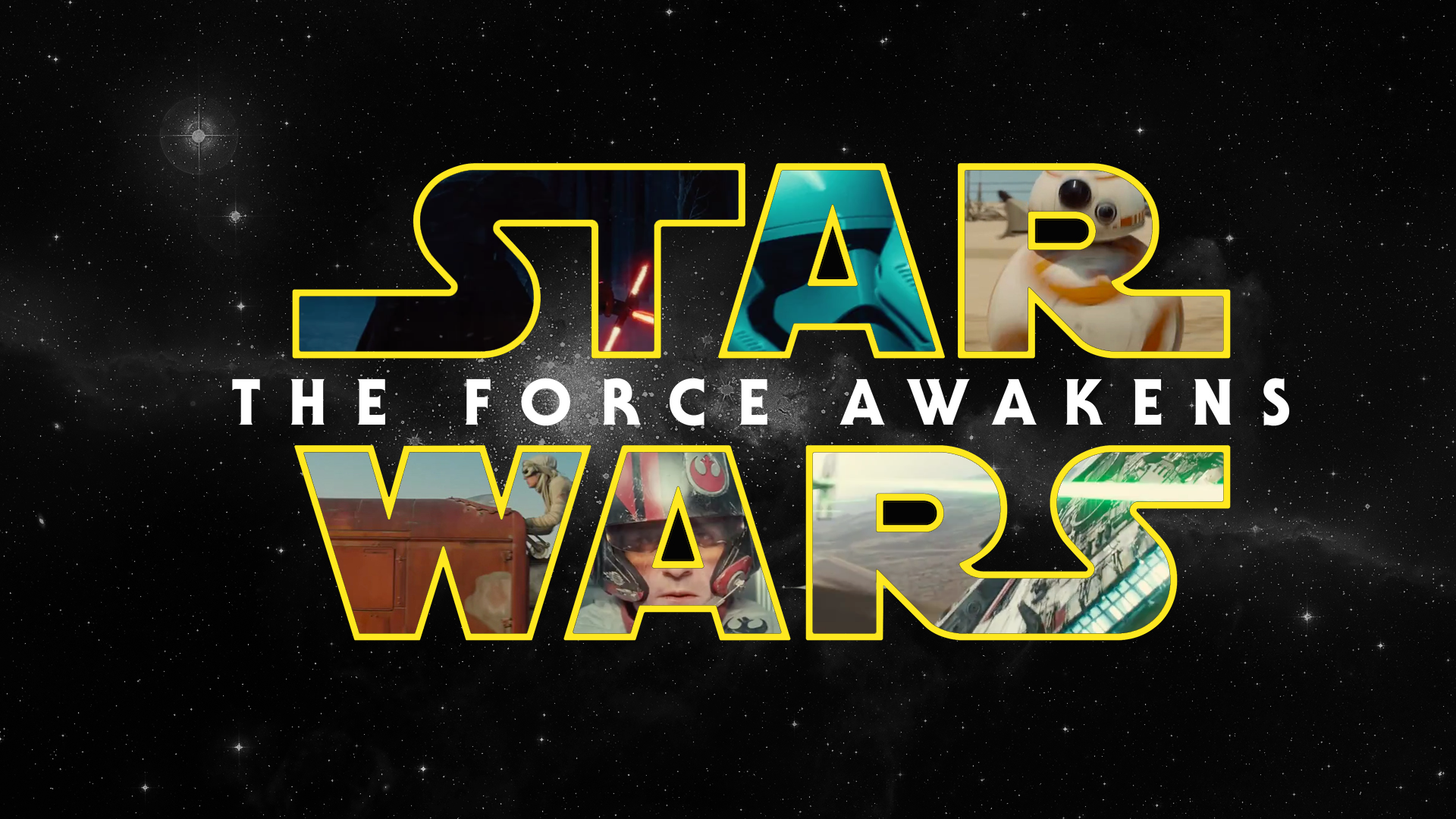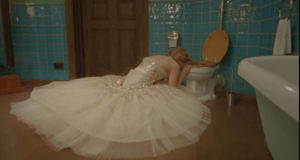
Disney
“Luke Skywalker has vanished.” These four words kick off the seventh installment of the Star Wars saga, The Force Awakens. An unbelievable amount of hype has surrounded the film since the announcement of Disney’s purchase of Lucasfilm in 2012. With expectations sky-high, director J.J. Abrams was under an immense amount of pressure to deliver a film that lived up to the anticipation. While The Force Awakens is far from perfect, it delivers one of the most exciting and satisfying cinematic experiences of 2015, and it rivals The Empire Strikes Back for the title of best Star Wars film.
Judging The Force Awakens objectively is almost impossible because of how nostalgia-filled the film is. From the very first shot, Abrams echoes the visual style of A New Hope with a shot of an imposing Star Destroyer occupying the frame. Indeed, Abrams is a perfect director for the frenetic pace of The Force Awakens, as the script (from Abrams, Michael Arndt, and Star Wars veteran Lawrence Kasdan) never stops to take a breath. Abrams’ choice of camera movement is perfectly paired with the pace of the film: an early chase between a pair of TIE fighters and the Millennium Falcon sees the camera move with the action in a way that places the audience in the cockpits of the ships. Although the camera is constantly energetic, Abrams never succumbs to the temptation of utilizing shaky-cam to make what happens incoherent, and the results are some visually stunning battle scenes. A particular highlight is an early dogfight between a group of X-Wings and TIE fighters. The X-Wings charge across a lake like a pack of cowboys charging into the fray, and the intensity is palpable thanks to Abrams’ expert camerawork.
The real treat of the film, however, is the balance between old and new. The classic characters are all there: Harrison Ford reprises his role as Han Solo and dominates every scene he is in. Seeing Han and Chewie on screen together in the Millennium Falcon will send chills down any Star Wars fan’s spine. Carrie Fisher and Mark Hamill play their parts as Leia and Luke well, but to say any more would give away one of the film’s better twists. The new players are all all instantly likeable and human: John Boyega and Daisy Ridley have crackling chemistry together, and Ridley’s Rey is one of Star Wars’ first genuinely strong female characters. She is shown to be incredibly resourceful and adaptable, yet also human and relatable. The script smartly hints at the mystery surrounding her background without revealing too much. One of the film’s best crowd-pleasing moments involves her character during the finale, and it is one of the most spine-tingling moments of the film. The ending hints at her character’s future, and it carries a ton of potential for a great arc over the course of the new trilogy. It appears that Ridley and Boyega will be the focus of Episode VIII and Episode IX. Although Boyega’s bumbling-stormtrooper act grows tired over the course of the film, his arc is still excellently executed, and both he and Ridley prove that they both have the potential to carry the franchise on their backs.
The film’s villain, Kylo Ren, is a more than competent replacement for Darth Vader. Ren is both fearsome and relatable, and Adam Driver portrays him with enough humanity to allow the audience to sympathize with him. Watching his interactions with the film’s heroes shows off his power and his vulnerability, and it presents a surprisingly layered villain for Star Wars (Vader only becomes multi-dimensional by the end of Empire–although that’s no skin off his nose). Finally, Oscar Isaac’s portrayal of the cocky Poe Dameron gives the character a great sense of humor in any of the scenes he is in. Much is made of his piloting abilities, which are shown off in a great long take during one of the X-Wing-TIE fighter battles, but it is his quick wit and devil-may-care attitude that will win audiences over.

Disney
The Force Awakens proves adept at balancing seriousness with a sense of humor. The film has several laugh-out-loud moments that come from great chemistry between the characters, and it also contains some darker scenes, especially ones involving Driver’s Kylo Ren. The humor instantly humanizes all of the characters and makes the audience care about them, and the whole film feels fresh as a result. And yet, Abrams knows exactly which emotional notes to hit, and as a result, there will be scenes that leave fans teary-eyed. If nothing else, The Force Awakens is a great emotional roller coaster that does not let up for an instant.
Despite the film’s strengths, it does stumble at times. The plot of the second half of the film feels mostly like an afterthought and draws heavily on A New Hope. The film has so many great characters that many of them feel short-changed. Gwendoline Christie’s Captain Phasma has a great design but is in so few scenes that if you blink, you may miss her. Abrams jams so much into two hours and fifteen minutes that it is easy for minor details or side characters to fall by the wayside, but the film moves at such a breakneck pace that the audience will not stop to think about any stretches in logic or narrative conveniences.
In the end, The Force Awakens is far from perfect. But so was every film in the original trilogy. J.J. Abrams pulls off a near-impossible balancing act: he manages to include enough callbacks to the original films while still setting up a brand new trilogy. The film has plenty of laughs and emotional moments, and audiences will certainly never be bored at any point in the film. Visually, the film is stunning, and Abrams seamlessly blends practical effects with CGI. Best of all, The Force Awakens feels like a Star Wars film. And at the end of the day, that is all a fan can ask for.
Check for your local showtimes here.





